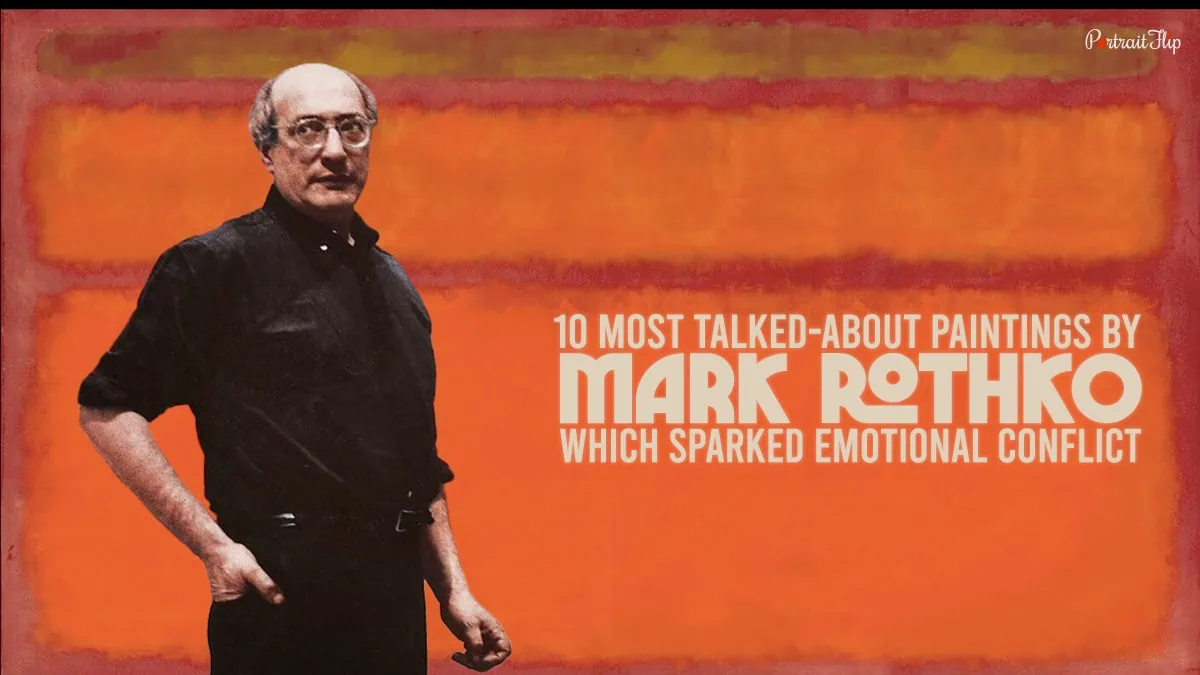Marcus Rothkowitz, famously known as Mark Rothko (1903-1970), was a well-known American abstract artist.
Born in Russia (now known as Daugavpils, Latvia), on September 25, 1903, in a Jewish household, and emigrated to America in 1913, settling in Portland, Oregon.
His impact on the American Abstract Expressionist movement is mighty and so was his genre of paintings.
Rothko’s paintings showcased a lot of symbolism and was called ‘multiforms’ by critics.
He is also considered one of the most important artists of post-World War II modernism.
Rothko’s point of view towards art was like a gateway to an unknown world.
Rothko’s paintings had an immense influence on human emotions.
He expressed that he was interested only in expressing basic human emotions like tragedy, ecstasy, doom, and so on.
Further adding to the statement Mark Rothko also said that a lot of people broke down and cried when they saw his paintings, which showed that he was able to communicate with the basic human emotions.
So, let’s dive into the pool of paintings by Rothko, where expressionism art is depicted at its peak:
Table of contents
- Slow Swirl At The Edge Of The Sea, 1944
- Black In Deep Red, 1957
- Rust And Blue, 1953
- Gethsemane, 1944
- Rites Of Lilith, 1945
- Rothko Chapel, Houston
- Black On Maroon, 1958
- White Center (Yellow, Pink and Lavender on Rose) , 1950
- Untitled, (Black And Gray), 1970
- Orange, Red, Yellow, 1961
- The Conclusion
- Author’s Note
- FAQs
Slow Swirl At The Edge Of The Sea, 1944
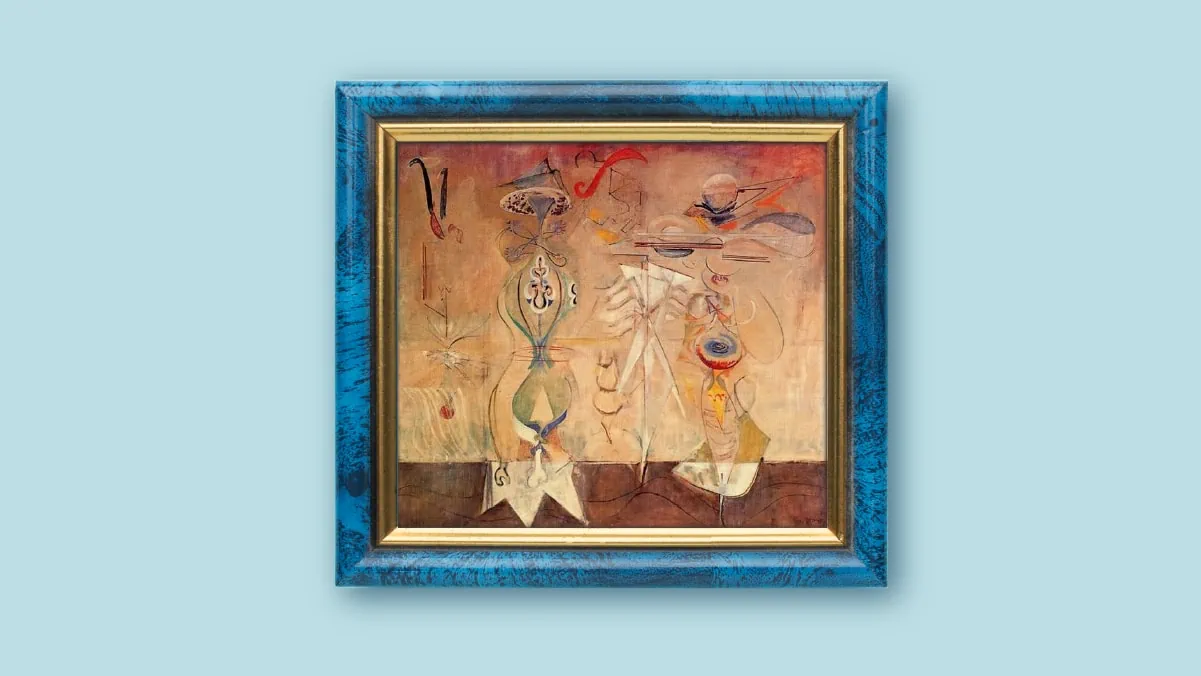
If you take a closer look at Mark Rothko’s paintings then, unlike the surrealists before him, you’ll see his mind wandered into his own thoughts.
He let his unconscious mind take the lead for him and created masterpieces that actually left people in awe.
Like this painting, ‘Slow Swirl at the Edge of the Sea’ which depicts two creatures dancing between sea and sky, surrounded by arabesques, spirals, and stripes.
This painting shows two sinuous biomorphic creatures that seem to float between sea and sky, surrounded by arabesques, spirals, and stripes that can be read as musical symbols.
Rothko was particular with his art and his forms, which he said had no direct association with any particular experience that was visible.
But he also mentioned that even though his artwork was not directly related to any specific experience, the principle and passion of the organisms were quite clear.
This masterpiece, not only commenced Mark Rothko’s art era but also dropped a hint towards his upcoming artworks.
This painting by Rothko can now be found at the MoMA (The Museum of Modern Art ), USA.
Black In Deep Red, 1957
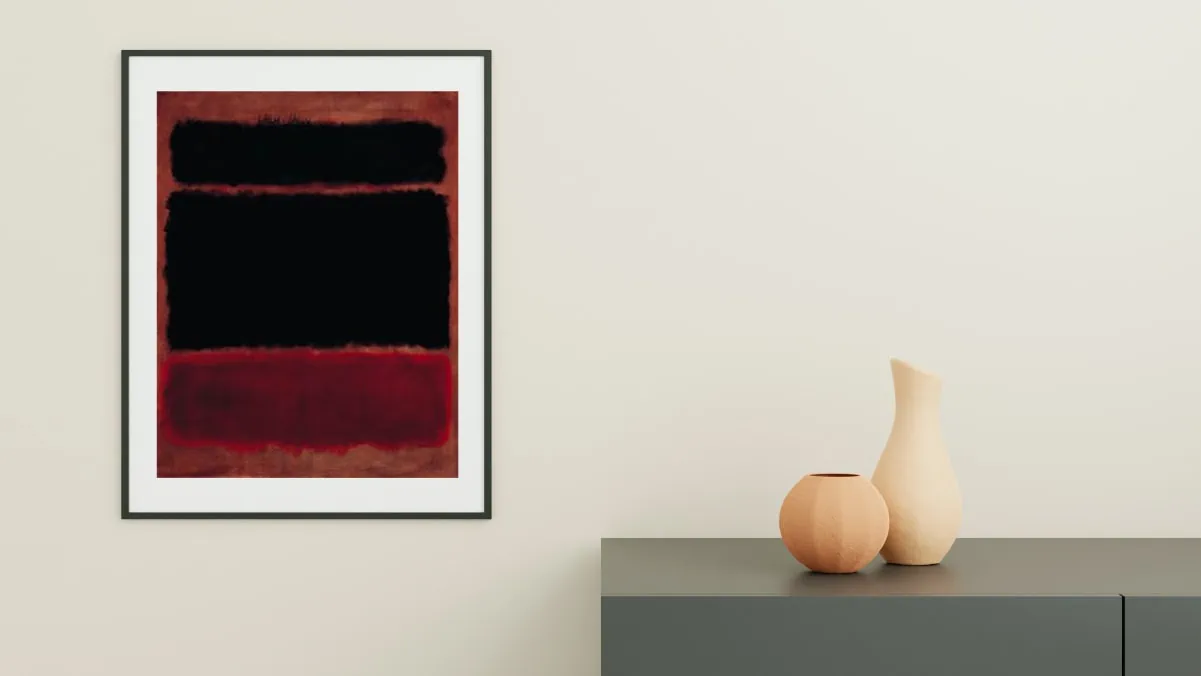
The thing that is common in the compilation of paintings by Rothko is the ‘drama’.
Rothko merely considered red and black as paint colors, but moreover, he considered them as forms of expression and aesthetic effect.
This artwork’s real theme is the abrasion between generations of artists, Rothko versus the older Cubists and Surrealists, and it started getting out of hand with time.
PS: This painting by Rothko is now in a private collection, and it was sold for $3,306,000 in the year 2000.
Rust And Blue, 1953
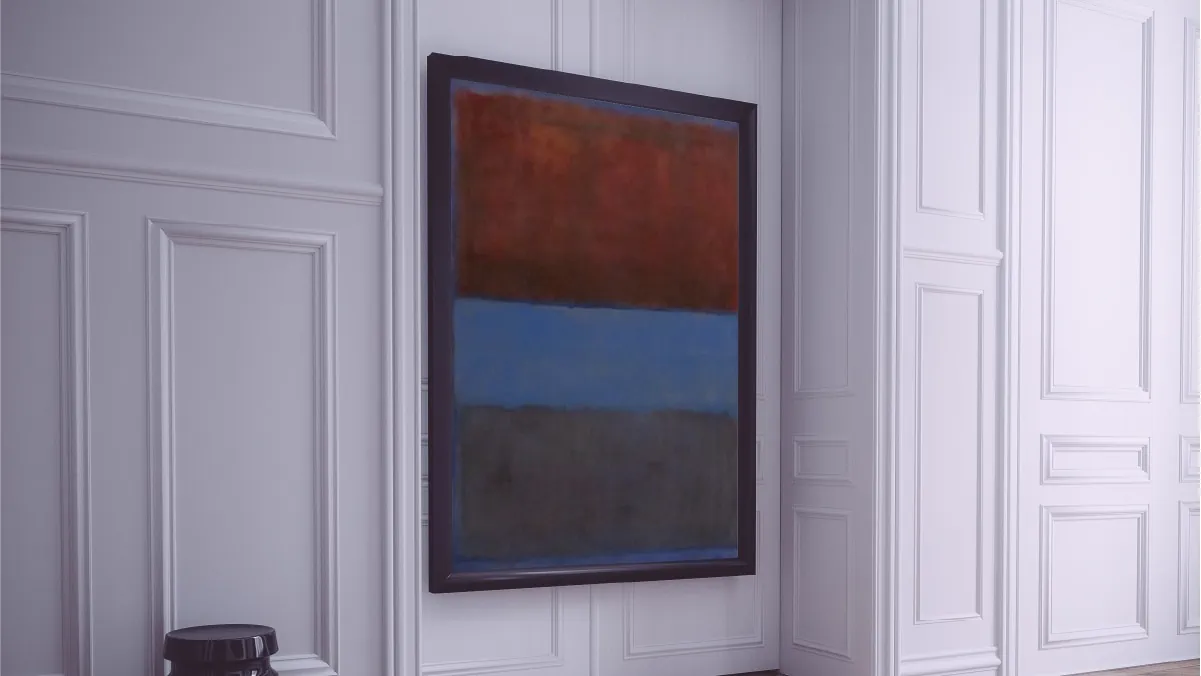
One of the most confusing works of art in the collection of paintings by Rothko.
Rust and Blue depicted the inner light that he felt as an artist, and Rothko has taken his time to mix and blend the hues by giving them a shiny surface.
He was a color field painter, so in order to lend a rich luminosity to the surface, he abrasively mixed the colors and substances, which were often composed of both oil- and egg-based materials.
And with time, the artwork which Rothko created, was seen as a piece revolving around his religious subject matter.
This beauty is now in the collection of the Museum of Contemporary Art, Los Angeles.
Gethsemane, 1944

This is one of the most beloved paintings by Rothko, as it depicts that the new and old testaments became the source of inspiration and were known as Gethsemane.
The title of this painting by Rothko refers to the garden near Jerusalem that was the scene of the agony and betrayal of Christ.
Gethsemane symbolized a man’s primitive fear and motivation.
It depicts the fact that even though a man’s fear, motivation, and agony can differ from time, place, and other details, the thing that stays the same is the essence.
Rothko’s type of art varied in techniques and appeared simple.
But, when you closely examine the artwork, you’ll get to understand how rich the artwork is in terms of the range of effects.
Suggested read: Rothko’s Entrance to Subway painting
Rites Of Lilith, 1945

It was one of the first appearances of large-scale canvases such as Rites of Lilith, which drastically marks the change in Rothko’s work.
Rothko experimented with his techniques and paints, and he then developed an abstract image.
Rothko let his unconscious mind take the lead, which resulted in him being surrealistic.
Now you may wonder what surrealism is. So basically, it is a fundamental aspect of the Surrealism movement and a mode of expression called “automatism.”
It involves the act of making an automatic or unfiltered copy of the thoughts and images that strike an artist’s mind.
Rothko’s paintings of the mid-1940s are said to be identified by a biomorphic style, which would be stimulated by the example of the surrealists.
Most of them had recently immigrated to New York from war-torn Europe.
Also Read: History of Paintings
Rothko Chapel, Houston
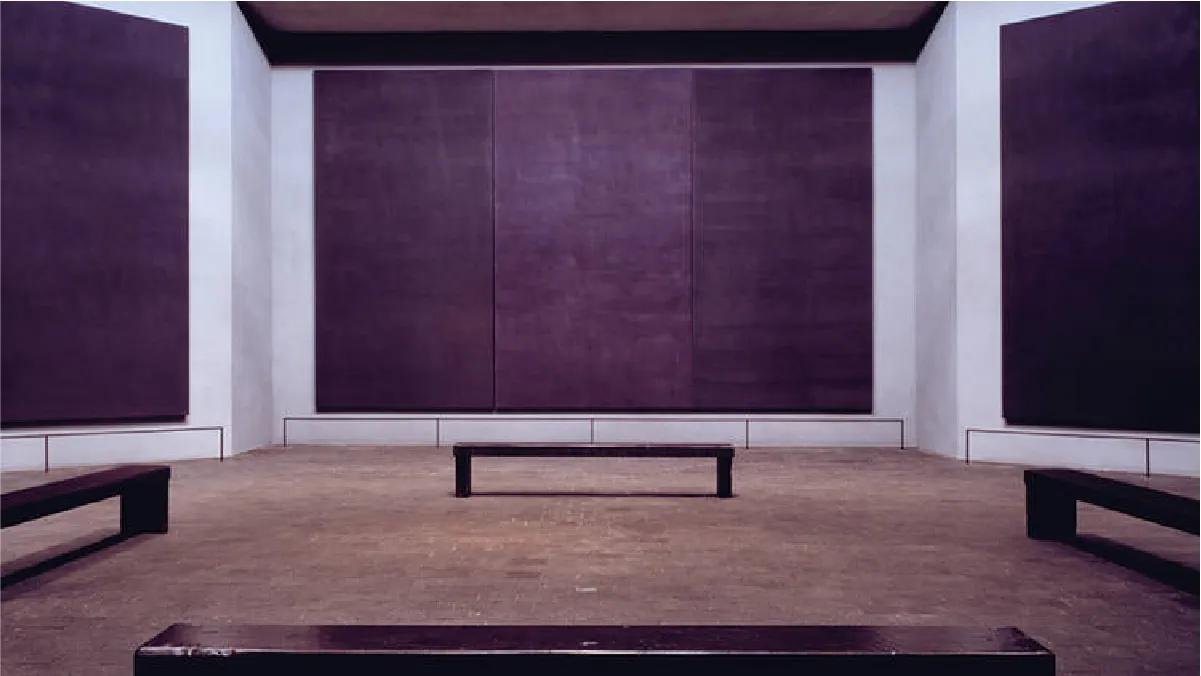
The Rothko Chapel was founded by Houston philanthropists Dominique and John De Menil.
They both were impressed with Rothko’s work of art and his skills of painting on canvas, and they felt that it would be helpful in connecting with anyone of any religious or spiritual belief.
Rothko started painting a number of black paintings containing dark hues and heavy texture effects.
According to Rothko, he used the dark hues to express and connect with human emotions.
When people take a look at his dark and provocative paintings, they tend to think and align with their suppressed emotions.
Hence, Rothko’s art spoke for him by leaving his audience teary eyed and full of emotions after looking at his paintings.
Also Read: Famous Paintings of Jesus
Black On Maroon, 1958
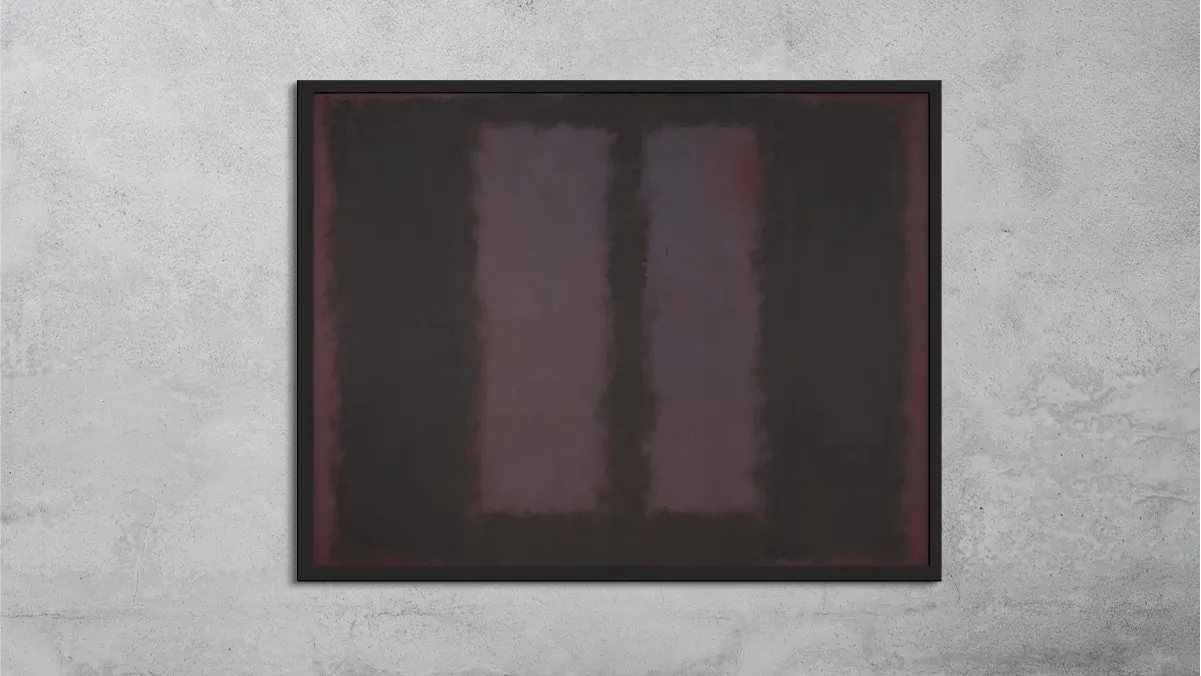
Black on Maroon depicts that it is a mixed media painting by Rothko. It was created in 1958.
This artwork is part of a series of three canvases painted by Rothko as a commission for murals for The Four Seasons Restaurants.
The base color of this painting is deep maroon.
The deep maroon is overlaid with a large black rectangle, which encloses two slimmer, vertical maroon rectangles.
This painting is somewhat like a window structure.
PS: This art piece is now housed at the Tate Modern, in London.
White Center (Yellow, Pink and Lavender on Rose) , 1950

This is one of the most talked about artworks among the paintings by Rothko.
This painting was in style because of the abstract expressionist approach that Rothko adapted to give life to it.
This artwork falls under the genre of Rothko’s signature ‘multiform style’ which consists of several blocks of layered, complementary colors on a large wall-sized canvas.
The painting consists of a yellow horizontal rectangle from top to bottom.
It also has a black horizontal strip, a narrow white rectangle shaped band, and the bottom half is in the color lavender.
The top half of the rose ground is darker, and the bottom half is lighter.
This painting is now placed in a private collection that is owned by Sheikh Hamad bin Khalifa Al-Thani and his wife, Mozah bint Nasser Al Missned.
Fun Fact: The painting sold for 72.84 million (USD), in 2007, setting the record for the current most expensive post-war work of art sold at auction.
You can read in detail about how to look at Rothko’s White Center which triggers human emotions.
Untitled, (Black And Gray), 1970
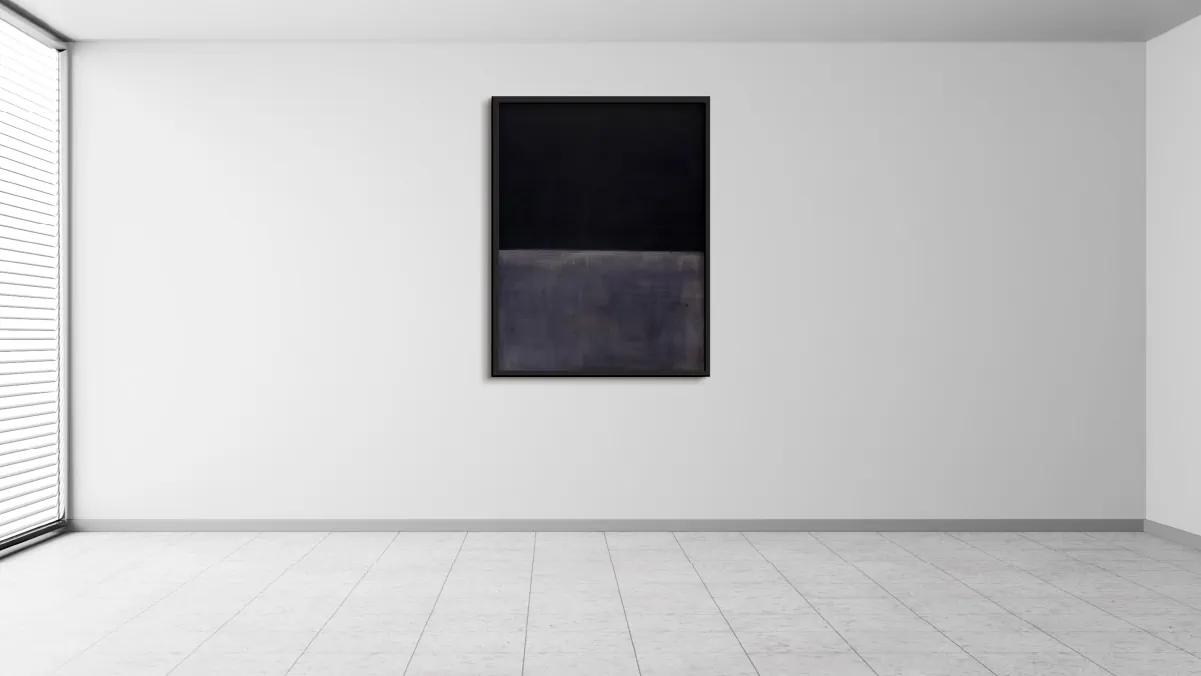
This artwork was one of the last paintings by Rothko before his death.
Rothko in ‘’untitled’’ has used black and gray colors to depict the image of a nightfall on a desolate landscape, which is a metaphor for death.
Many have gotten the idea that Untitled (Black and Gray) was a sign of Rothko’s mental and physical health condition, which was constantly worsening.
Even when he was asked what the series was about, he explained that it was about death.
And soon after the series, we lost Rothko when he committed suicide.
Orange, Red, Yellow, 1961
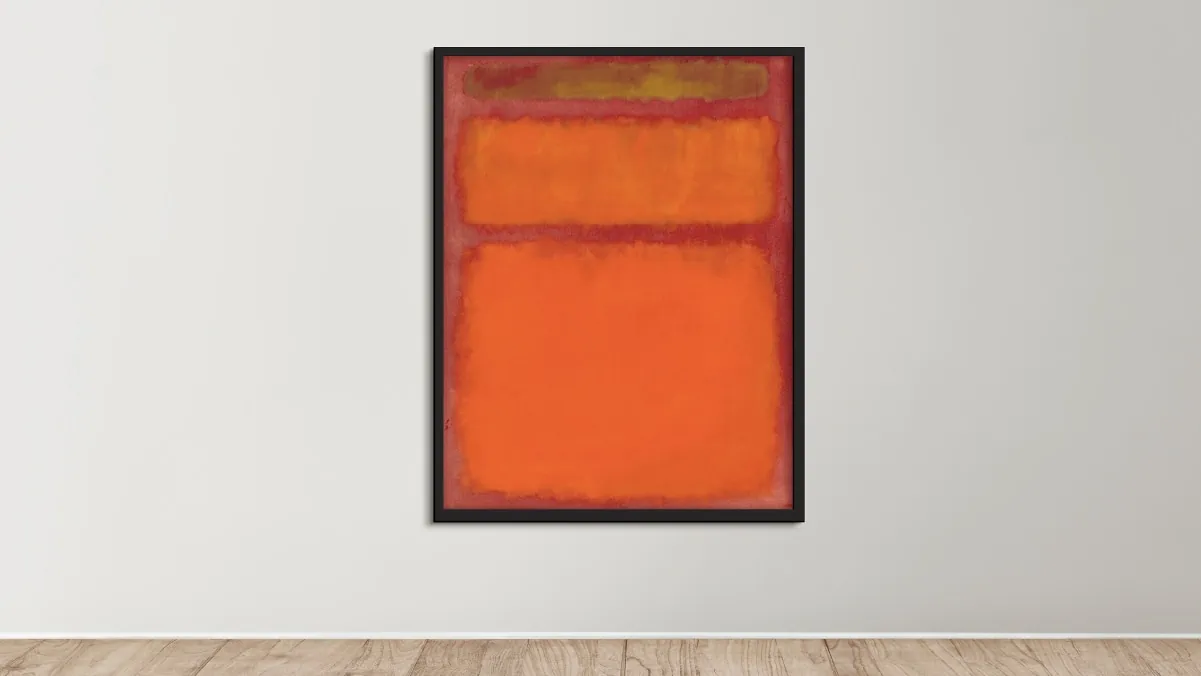
Orange, Red, and Yellow is a very renowned painting by Rothko. This painting is categorized as color field art.
He painted this masterpiece in 1961. This painting is unique and is one of a kind.
The rectangles within this painting do not reach to the edges of the canvas and it seems like they are hovering over the surface of the canvas.
This artwork was sold on May 8, 2012 at Christie’s from the estate of David Pincus for a whopping $87 million.
It shattered all records for post-war and contemporary art at public auction.
It is said to be the most highly evaluated paintings in history.
Suggested Read: Contemporary Black Artists
The Conclusion
Everything comes to an end, and Mark Rothko’s death was unexpected and unfortunate.
He was very well known for painting on canvas, which was wall-sized and being a color field painter, he gained fame for his large canvas prints.
At the age of 66 year-old, in the year 1970, Mark Rothko, who was chronically depressed, slashed his wrist and ended his life.
Paintings by Mark Rothko were known to bring tears to people’s eyes.
Rothko has stated in a feature that he is interested only in expressing basic human emotions like tragedy, ecstasy, doom, and so on.
All the fame and success were left behind, and his artworks were distributed amongst museums around the globe and Rothko’s family members.
Also Read: Famous Abstract Paintings
Author’s Note
If you are still here, then thank you for reading this article to the end.
Although the collection of paintings by Rothko consisted of more than 800 paintings, I have tried my best to compile the masterpieces that have had the most impact on the art world.
Your thoughts matter to me, so feel free to leave your valuable feedback in the comment.
In the meantime, explore our reproduction paintings, which are specifically crafted to match the perfection of Rothko’s renowned artworks.
Also, make sure to follow PortaitFlip on social media channels, such as Instagram, YouTube and Pinterest.
In the meantime, keep sharing an artist’s work because they work very hard to bring it out on the canvas for you.
Bye, Bye!
FAQs
Mark Rothko tried to bring out human emotions in his paintings. He admitted that he painted by keeping the basic human emotions in mind.
If you are a fan of paintings by Mark Rothko then you can witness most of his artworks in The National Gallery of Art, Washington also in The Museum of Modern Art, NYC.
Mark Rothko was a color field painter. He used Abstract Expressionism and Modern Art in his paintings.



